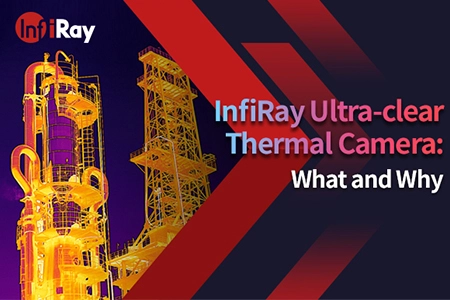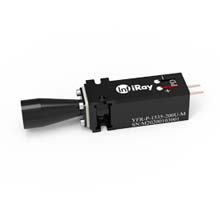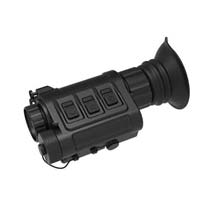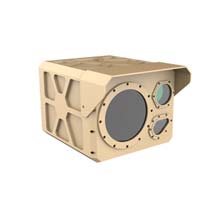What is a Thermal Camera for Fire and Prevention?
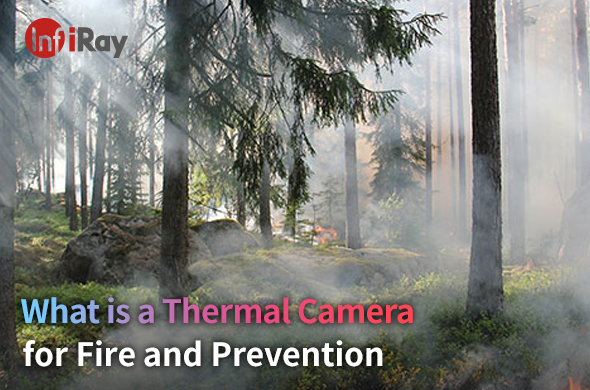
Fire safety is a critical aspect of any building or structure, and technological advancements have played a pivotal role in enhancing our ability to prevent and respond to fire incidents. One such innovative tool is the thermal camera, which proves to be invaluable in fire prevention and detection. In this article, we will delve into the workings of thermal imaging cameras, their applications in fire prevention, and specifically explore their role in building assessment through thermal imaging.
1. How Thermal Cameras Work
Thermal imaging cameras operate on the principle of infrared imaging technology, allowing them to detect heat signatures emitted by objects and surroundings. Unlike traditional cameras that capture visible light, thermal imagers focus on the infrared spectrum, making them highly effective in low-light conditions. These devices can differentiate between temperatures, highlighting variations that may indicate potential fire hazards.
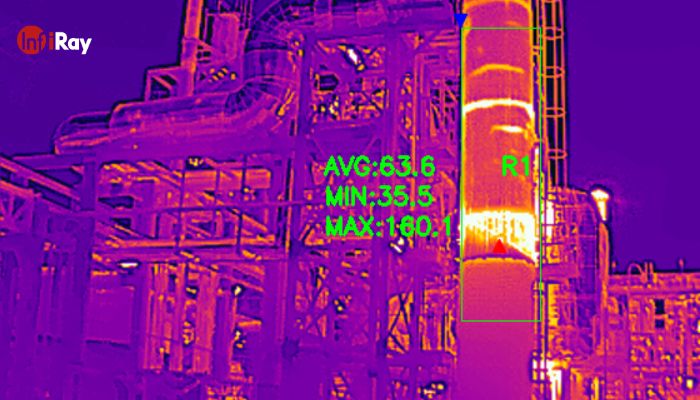
2. Applications of Thermal Cameras in Fire Prevention
2.1 Early Fire Detection
Thermal cameras excel in early fire detection by identifying heat anomalies before smoke or flames become visible. This proactive approach enables swift intervention, preventing the escalation of fires and minimizing damage.
2.2 Monitoring High-Risk Areas
Thermal imagers are instrumental in monitoring high-risk areas prone to overheating or electrical malfunctions. By continuously scanning these zones, the cameras provide real-time data, allowing for immediate action in case of temperature abnormalities.
2.3 Integration with Fire Alarm Systems
Thermal cameras seamlessly integrate with fire alarm systems, enhancing their effectiveness. When a thermal imaging camera detects a potential fire hazard, it can trigger alarms and alert the authorities, ensuring a rapid response.
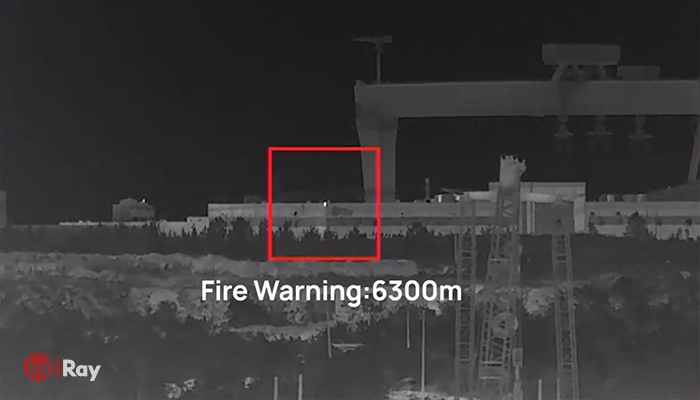
3. Thermal Cameras in Building Assessment
Building assessment is a crucial aspect of maintaining structural integrity and safety. Thermal cameras play a pivotal role in this process, offering unique insights through thermal imaging.
3.1 Overview of Building Assessment
Building assessment involves evaluating the structural components of a facility to identify potential issues or vulnerabilities. Traditional methods often fall short in detecting hidden problems, making thermal imaging a valuable addition to the assessment toolkit.
3.2 Role of Thermal Cameras in Assessing Structures
Thermal imaging cameras provide a non-intrusive means of assessing structures by capturing thermal images that reveal temperature variations. This capability is particularly beneficial in identifying potential fire hazards, such as overheating electrical systems or faulty insulation.
3.3 Identifying Potential Fire Hazards
One of the key applications of thermal cameras in building assessment is the identification of potential fire hazards. These cameras can pinpoint areas with abnormal heat patterns, indicating faulty wiring, insulation problems, or equipment malfunctions that could lead to a fire.
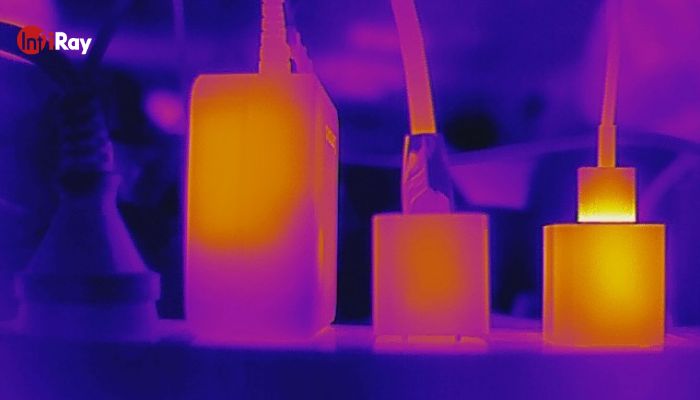
4. Advantages of Using Thermal Cameras for Fire Prevention
Utilizing thermal imaging cameras for fire prevention comes with a myriad of advantages, making them indispensable tools in ensuring the safety and security of buildings and structures. These advantages extend beyond traditional fire detection methods, offering a comprehensive approach to preemptive measures and swift responses.
4.1 Early Detection and Swift Response
One of the primary advantages of thermal cameras is their ability to provide early detection of potential fire hazards. By capturing heat anomalies before visible signs of smoke or flames, thermal cameras enable a swift response, allowing for timely intervention to mitigate the risk of fire escalation.
4.2 Enhanced Visibility in Challenging Conditions
Traditional cameras may struggle in low-light or adverse weather conditions, but thermal cameras excel in such challenging environments. Their infrared imaging capability ensures enhanced visibility, enabling fire prevention efforts to remain effective even during nighttime or adverse weather conditions.
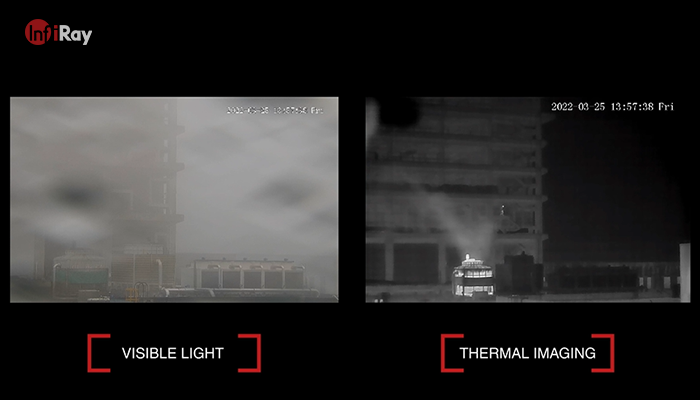
4.3 Non-Intrusive Inspection
The non-intrusive nature of thermal cameras is a significant advantage in fire prevention. Regular inspections can be conducted without disrupting normal operations, allowing for thorough monitoring and preventive maintenance routines. This ensures that potential fire hazards are identified without causing disruptions to the daily functioning of the facility.
4.4 Accurate Identification of Hotspots
Thermal cameras excel in accurately identifying hotspots and abnormal temperature patterns. This precision is crucial in pinpointing potential fire risks, such as overheating electrical components or faulty equipment, enabling proactive measures to address these issues before they escalate.
4.5 Integration with Fire Alarm Systems
The seamless integration of thermal cameras with fire alarm systems enhances overall fire safety. When a thermal imaging camera detects a temperature anomaly indicative of a potential fire hazard, it can trigger alarms and notify relevant authorities, ensuring a coordinated and immediate response.
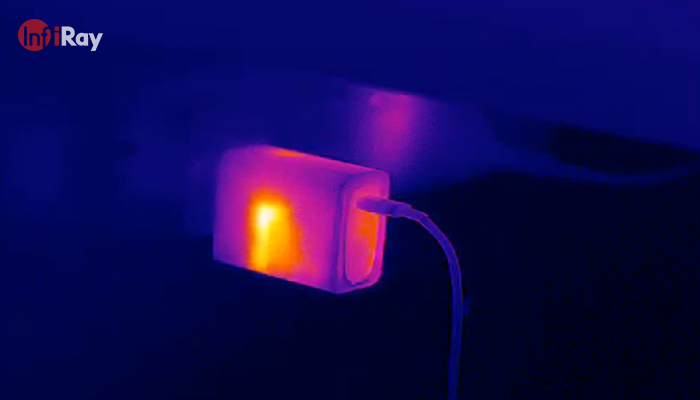
4.6 Reduced False Alarms
Thermal cameras, by focusing on heat signatures, reduce the likelihood of false alarms triggered by environmental factors like dust or smoke. This specificity ensures that alerts are more accurate, minimizing unnecessary disruptions and allowing for a more targeted response to genuine fire threats.
4.7 Cost-Effective Prevention Measures
Investing in thermal cameras for fire prevention proves to be cost-effective in the long run. Early detection and prevention reduce the potential for extensive damage, ultimately saving costs associated with firefighting efforts, property damage, and business interruption.
4.8 Compliance with Safety Standards
Utilizing thermal cameras aligns with safety standards and regulations, ensuring that fire prevention measures comply with industry best practices. This not only enhances the overall safety of the facility but also mitigates potential legal and regulatory risks.
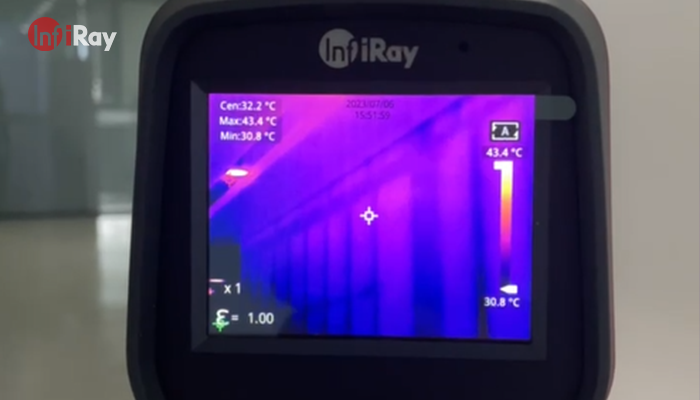
5. Successful Implementation of Thermal Cameras in Fire Prevention
Several industries have successfully implemented thermal cameras in their fire prevention strategies. For instance, a manufacturing facility integrated thermal imaging cameras into their fire alarm system, resulting in the early detection of an overheating machine motor and preventing a potential fire.
6. Real-Life Examples of Building Assessment Using Thermal Imaging
In the field of building assessment, thermal imaging has been used to identify insulation gaps in commercial buildings, leading to energy efficiency improvements. By uncovering hidden issues, thermal cameras contribute to the overall safety and sustainability of structures.
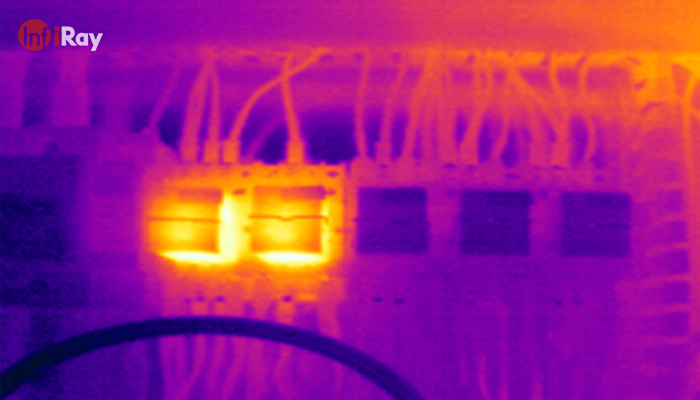
7. Best Practices for Using Thermal Cameras
7.1 Regular Maintenance and Calibration
To ensure the accuracy of thermal imaging, regular maintenance and calibration of thermal cameras are essential. This practice guarantees that the devices function optimally and provide reliable data for fire prevention and building assessment.
7.2 Training for Operators
Proper training for operators is crucial for the effective use of thermal cameras. Operators should be familiar with interpreting thermal images and understanding the nuances of temperature differentials to make informed decisions.
7.3 Compliance with Safety Standards
Adhering to safety standards and regulations is paramount when using thermal cameras for fire prevention and building assessment. Compliance ensures that the implemented measures align with industry best practices and legal requirements.
8. Future Trends in Thermal Imaging for Fire Prevention
As technology continues to advance, the future of thermal imaging holds exciting possibilities.
8.1 Technological Advancements
Ongoing advancements in thermal imaging technology are expected to result in more compact, efficient, and affordable thermal cameras. These developments will make thermal imaging even more accessible for a wide range of applications.
8.2 Potential Innovations in Building Assessment
In the realm of building assessment, innovations may include enhanced image resolution, automated analysis tools, and integration with other smart building technologies. These innovations could revolutionize the way structures are monitored and maintained.
8.3 Emerging Applications in Fire Safety
Beyond the current applications, thermal cameras may find new roles in fire safety, such as the development of intelligent systems that autonomously respond to detected heat anomalies. These emerging applications have the potential to further improve fire prevention measures.
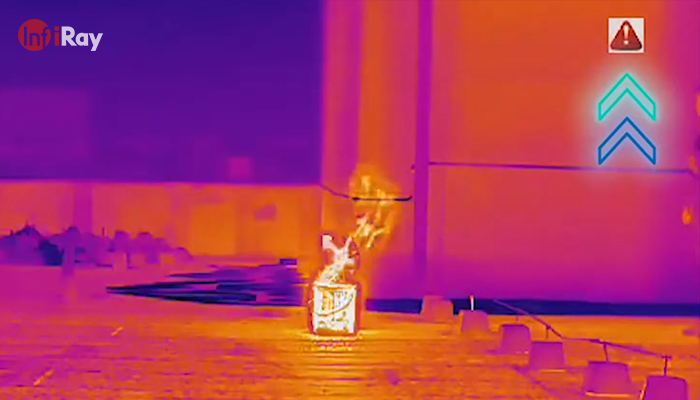
Thermal cameras are indispensable tools in the realm of fire prevention and building assessment. Their ability to detect heat anomalies, provide early warnings, and offer non-intrusive inspection methods makes them valuable assets for maintaining safety and structural integrity. As technology continues to evolve, the future holds even more exciting possibilities for the use of thermal imaging in fire safety.








